Disabling a protein could one day lead to a cure for the common cold!
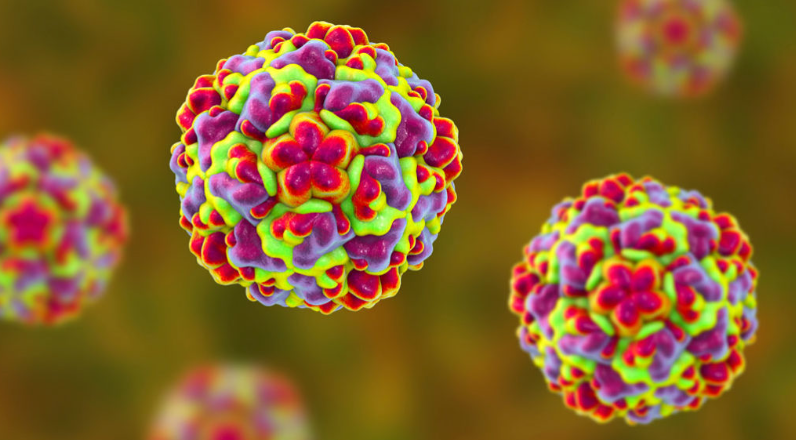
An unusual way of thinking may bring scientists one step closer to curing the common cold. Researchers have identified a key protein in humans that some viruses use to multiply inside human cells, disabling that protein, rather than attacking the virus itself, may prevent infections from spreading. In mice and human cells engineered to lack this protein, the viruses failed to replicate, microbiologists report.
Colds are the most common infectious disease in humans; On average, adults catch colds two to three times a year, while children catch colds even more. Any of hundreds of viruses, including rhinoviruses, can cause these infections. That fact, and because these viruses can quickly mutate to become resistant to drugs, makes it difficult to find a cure.
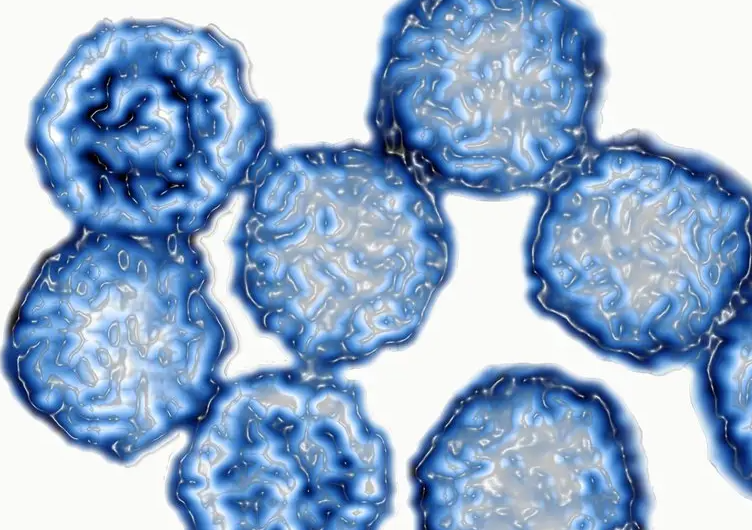

So the researchers focused on the human host rather than the virus; Viruses hijack cells and rely on humans’ own cellular machinery to produce more virus and make their host sick. The team wanted to see if it could identify the human genes that make the proteins that many viruses hijack to replicate. Using the CRISPR gene-editing tool, scientists systematically removed snippets of DNA to build a library of human cells, each lacking of a gene and therefore could not produce the corresponding protein from that gene. The researchers then infected the cells with two types of viruses, one that causes colds and another that has been linked to neurological diseases.
Using different viral proteins as hooks, the scientists extracted human proteins that were physically attached to a viral protein. This allowed the team to identify which human proteins were interacting with the viral ones, an indication that the virus was using that protein to hijack the cell. A human protein was repeatedly extracted from cells: SETD3, and experiments indicated that the viruses needed SETD3 to take over the cell. Scientists knew that this protein could affect actin proteins, which help muscles contract. But its role in viral infections was a surprise.

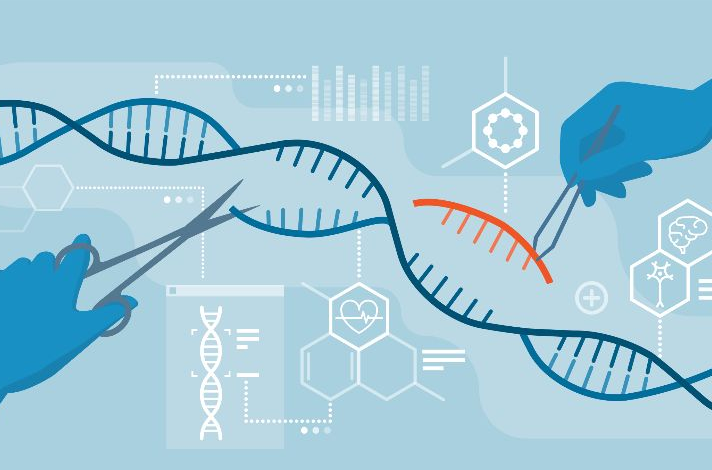
The researchers believe the best bet is to look for a drug that blocks the interaction of the human protein and its viral counterparts, or one that destroys the human protein only when it interacts with the viral ones.
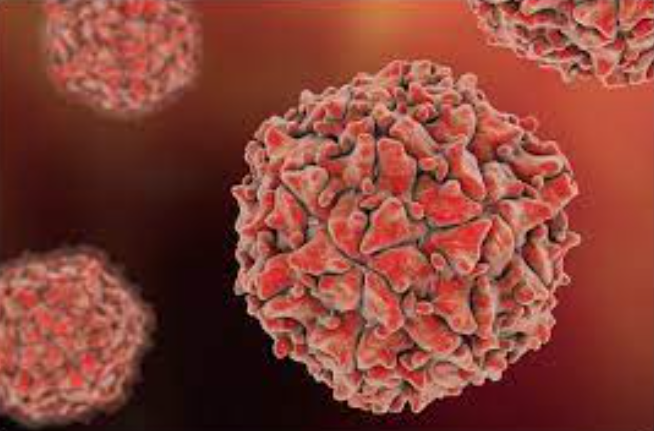
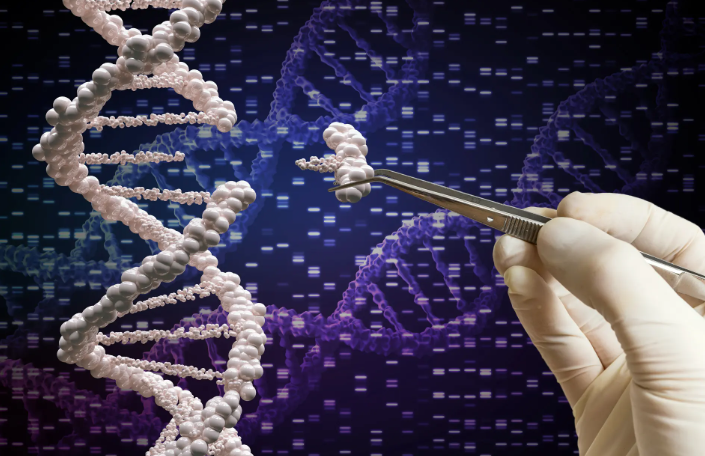

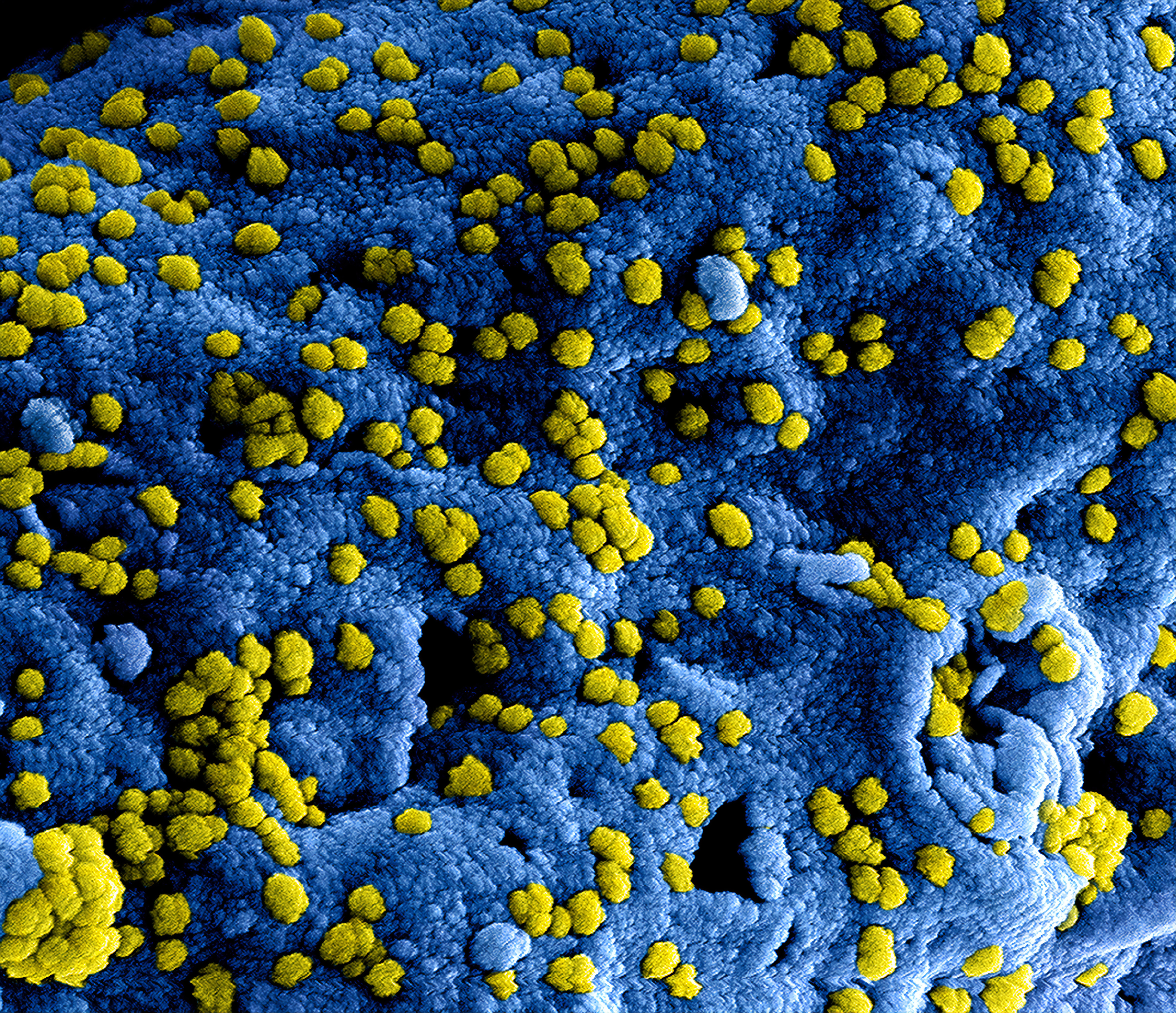

Responses